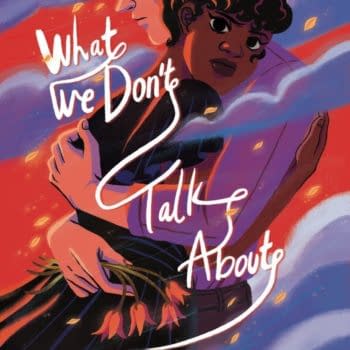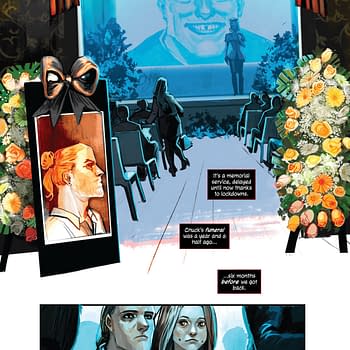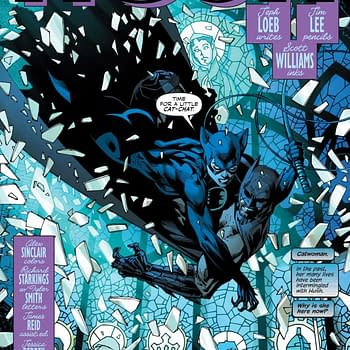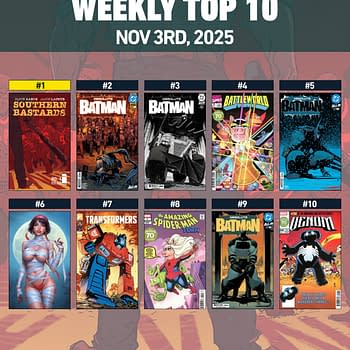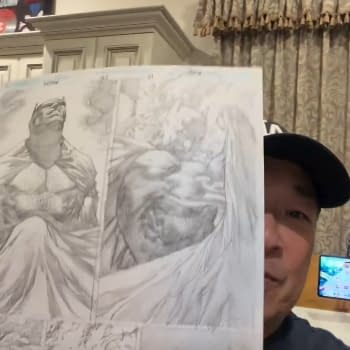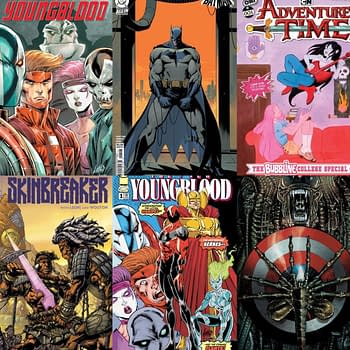Posted in: Comics, Comics History | Tagged: Barefoot Gen, comic, History
Barefoot Gen: What Nuclear War Looks Like to a Six-Year-Old
During a cool summer morning on August 6th, 1945, six-year-old Keiji Nakazawa waiting for his summer school to start, similar to millions of children the world over at that time. Started by a blue flash, the young boy was shielded by the rubble of his school collapsing around him. In his home, a mere half-mile from the epicenter of the infamous Hiroshima bombing, Keiji's father, brother, and sister were killed immediately. His pregnant mother went into pre-mature labor, giving birth to a sister who would pass away a few days later from severe radiation illness. Despite the proximity to the blast, the young Japanese boy survived the nuclear fallout only to witness the horrors such a blast could wreak on the human body. Most of his acquaintances died due to the consequential fires, trapped beneath the rubble of their wrecked homes, crying out in agony as the radiation slowly melted their skin and swelled their bodies to what Nakazawa would later describe as human watermelons.

When he was twenty-two years old, Nakazawa moved to Tokyo to pursue a career as a full-time cartoonist. While other children experienced other horrors in their lives, the likes of Jerry Siegel and Joe Shuster created escapism by building the perfect superhero, one who could outrun trains, clear buildings in a single bound, and be invulnerable to bullets. This escapism did not spread to all children of war, however. At the conclusion of the Silver Age of Comics, Keiji Nakazawa detailed in a short story called Oré wa mita (I Saw It), all the various atrocities he witnessed after the bomb dropped on his city. Slowly, he developed his short story into ten 200-page volumes, showing everything from the bombing fallout to what subsequent life in post-war Japan was like for a young, orphaned boy, which he called Hadashi no Gen or Barefoot Gen.
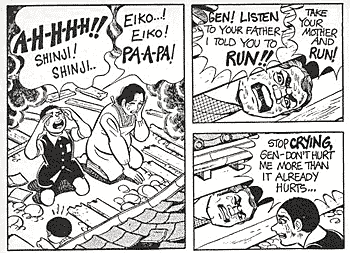
Although history and media have long addressed the bombings of Japan in various movies and depictions (The Wolverine, for example), none have been as succinct or distressing as what Nakazawa portrayed through the eyes of a grade-school aged child: monsters walking through the streets with skin melting from their faces, moaning for water in the same way zombies would for brains in the popular movies at the time. Despite critical success in Japan, Nakazawa's Barefoot Gen made its way to the United States in a very surprising way for a comic book at that time: by the slow distribution of two Japanese peace activists participating in the Transcontinental Walk for Peace and Social Justice named Masahiro Oshima and Yukio Aki. Their distribution surprised enough American activists who encouraged them to reach out to the creator behind the comics himself, and soon Project Gen, a non-profit group of young activists banded together to translate Nakazawa's story into Esperanto, Tagalog, Indonesian, Italian, French, German, Swedish, Norwegian, and more.
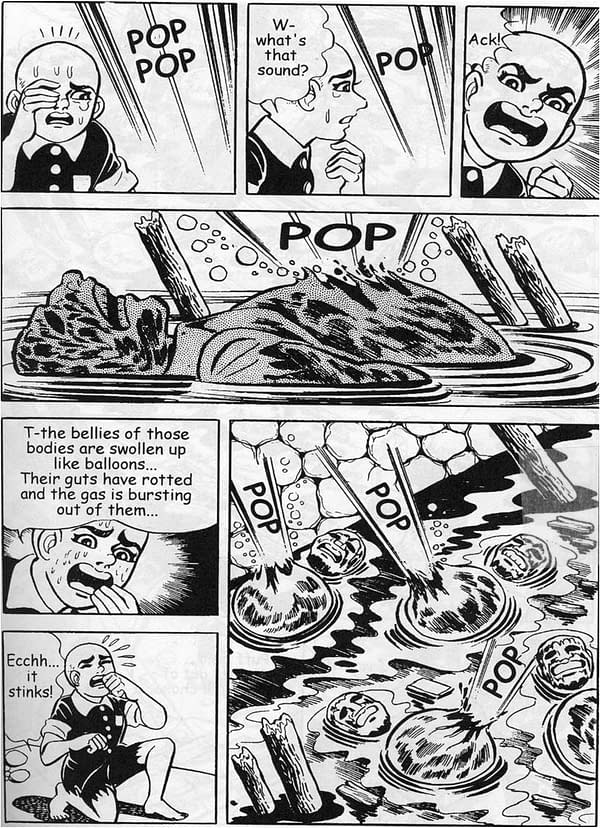
Keiji Nakazawa passed away on December 19th, 2012, from lung cancer, having lived long enough to see his work adapted to film and television. Currently, Project Gen is still working on translating Keiji's story into more languages. Namie Asazuma, Project Gen's current coordinator, states their goal is to have people the world over be able to read about what happened in the fallout of that Japanese summer morning and abolish the use of nuclear weapons once and for all.


